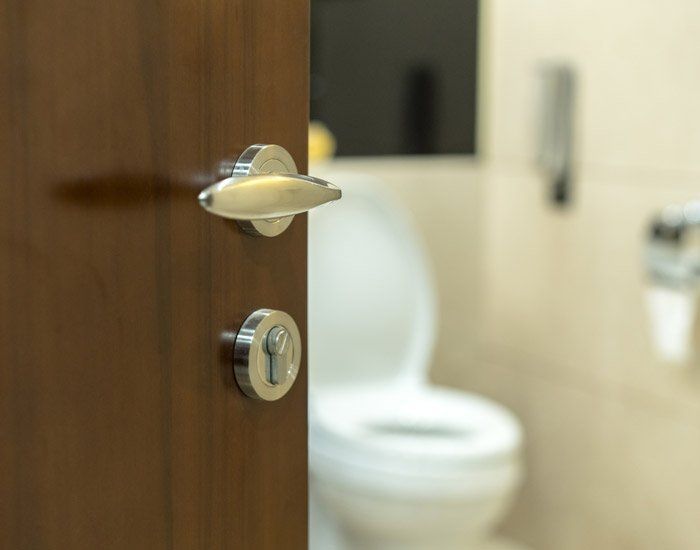Urinary Incontinence
Types Of Urinary Incontinence
Urinary incontinence is a common issue for many women. These issues are often related to the stretching of tissues during childbirth. There are various types of urinary incontinence including urinary stress incontinence, urge incontinence, mixed urge and stress incontinence, overactive bladder, and overflow incontinence. These types are often combined and a careful evaluation and workup is needed.
The passage of a baby through the birth canal will often stretch support tissue for the bladder and the urethra. This changes angles so that when a woman sneezes or coughs or exercises she may have a discharge of urine at that moment. This is called stress incontinence.
Sometimes Kegel exercises or physical therapy can strengthen the muscles associated with support and relieve the problem. Too often, the tissues have stretched to the point that a surgical repair is needed.
Stress incontinence can usually be corrected with a simple outpatient process in which a sling is placed under the urethra to elevate it back into a normal position.
Urge incontinence and an overactive bladder will often respond to medication.
Nonsurgical & Nonmedical Treatment
By way of electromagnetic stimulation procedure (Emsella)
Many women have incontinence issues and have tried medications, only to find them to be very expensive and with mixed success. Also, women often wish to avoid surgery if possible. We at Advanced Gynecology have found the Kegel exercises and physical therapy will sometimes be beneficial, but that us usually not the case,
Enter the Emsella. This is a marvelous piece of equipment that directs electromagnetic stimulation to the muscles that control the bladder and the urethra. This machine is called the Emsella, and is real breakthrough in incontinence management. It is noninvasive. In fact, the patient does not even need to take off her clothes for the treatment.
The process involves 6 half hour sessions. The lady simply sits on a chair and electromagnetic stimulation is directed to the musculature in question. It is not painful and patients can read a book or simply relax while treatment is occurring.
Electromagnetic stimulation causes non painful contractions of the pelvic floor musculature. It is estimated that the procedure is like having over 10,000 Kegel exercises in one half hour.
Success rates in the studies done on the process indicate a 75 to 95% dramatic lessening or resolution of incontinence symptoms. We encourage the patient to continue with her own Kegel exercises after the 6 treatments. Within a year or two symptoms may begin to return and usually a follow-up 1 or 2 session treatments will get the patient back to baseline.
Because this is an electromagnetic treatment, patients with hip replacements or other metal devices in the pelvis cannot utilize the Emsella.
This is a new treatment, so as is usually the case with state-of-the-art technology, insurance companies do not pay for the treatments. With this in mind, we have made every effort to keep the price as low as possible, charging far less that the recommended cost per treatment.

Treatments
As you can see from the previous notations, there are many treatment for incontinence including exercises, physical therapy, surgical intervention, and state-of-the-art Emsella.
We recommend you schedule a consultative visit with one of our practitioners to discuss precisely the symptoms that you are having, and we can go over various treatment options. This problem can be complex, but with proper treatments, we feel we can give you back a much improved quality of life.
Contact Us To Schedule An Appointment Today.
Providing High-Quality Women’s Care

![[Practice Name]](https://www.evexias.com/wp-content/uploads/2022/05/EvexiPEL-Certified-Provider-Seal.png)